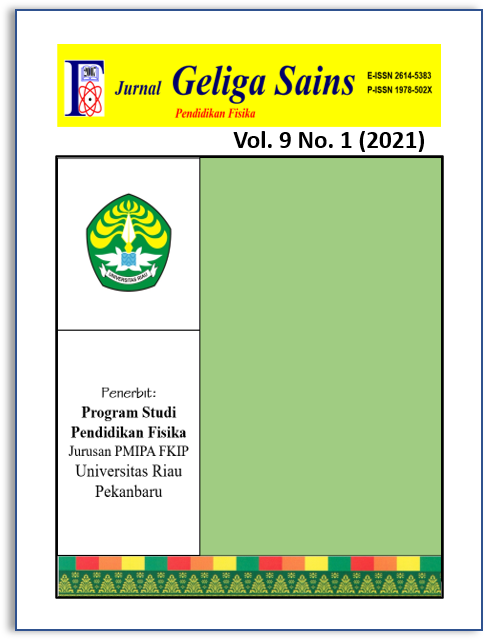Study of The Variation of Activating Agents on Specific Capacitance Values on The Synthesis of Supercapacitor Electrodes Based on Pepper Peel Waste
Keywords:
CV, pepper peel waste, SEM-EDXAbstract
The by-product of pepper production in Bangka Belitung is the waste of pepper skin. This waste tends to be untapped and thrown away so that it can disrupt the environmental ecosystem. One of the efforts to utilize pepper skin waste is processing it into activated carbon as the base material for supercapacitor electrodes. The initial stage of the synthesis was carried out by a pre-carbonization process on a sample of dry and clean pepper peel waste. Furthermore, the sample is chemically activated using a chemical activator and also physical activation at a temperature of 700ºC in N2 gas flow conditions. The activated carbon resulting from the activation is then molded into electrode plates in the form of pellets with a diameter of 1 cm. The electrode plates were characterized using a scanning electron microscope-energy dispersive x-ray (SEM-EDX) to determine morphology and cyclic voltammetry (CV) to determine the specific capacitance value. SEM test results show that the electrode sample has porous morphology and CV results show that the sample activated using the KOH activator has a specific capacitance value of 15.20 F/g. These results indicate that the activated carbon synthesized from the waste of pepper peel can be used as a supercapacitor electrode material and also a solution for overcoming the negative effects of pepper skin waste




